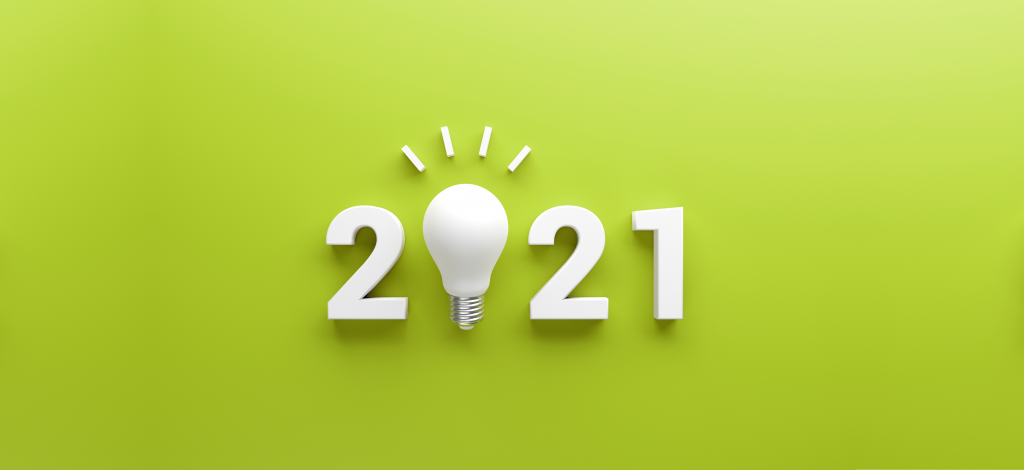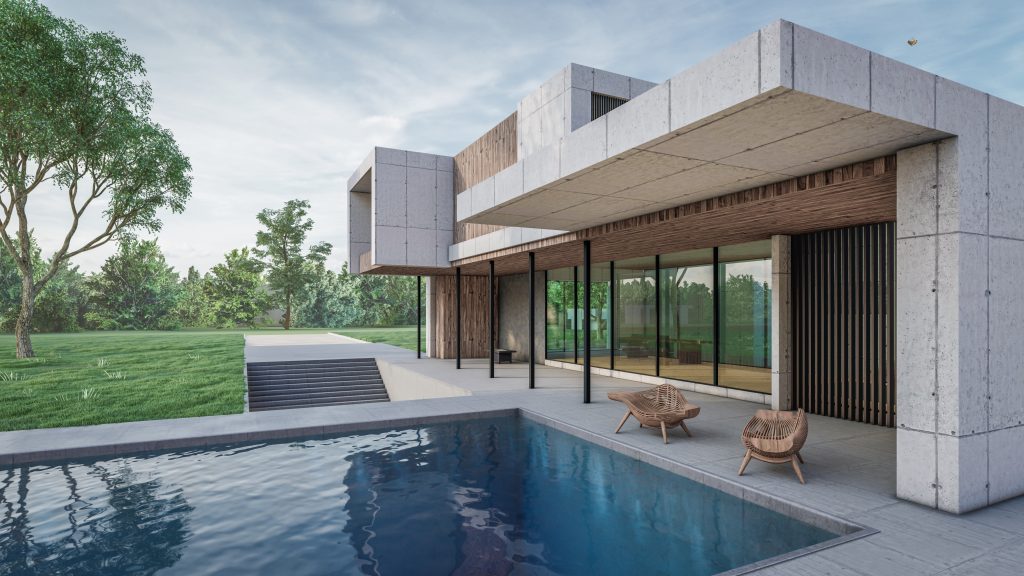These tips will help you find the right HVAC system to meet the needs of your customers or family in the most cost-effective and energy-efficient way.
In an effort to meet growing climate change concerns, consumers and professionals are looking for more energy-efficient ways to address electrical needs within homes and commercial spaces. Air conditioning and heating systems account for 40% of a building’s total energy consumption. When looking for ways to optimize a building’s energy consumption, these are a great starting point. The good news is that there are a number of ways to address energy consumption from Heating, Ventilation, and Air Conditioning (HVAC) at all stages of a building’s life cycle. In fact, retrofitted HVAC systems can offer potential energy savings of up to 50%.
Access and maintain your equipment regularly
If you’re working with equipment that’s already in place, it’s important to identify areas of energy inefficiencies. Faulty, outdated equipment leads to wasted energy.
Research has shown that simple efficiency upgrades can lead to energy savings by a factor of five or more.
For example, a dirty air filter will slow down air flow and require your system to exert more energy to maintain a comfortable temperature. Changing air filters every three months will help you avoid unintentional inefficiencies.
Routine maintenance to HVAC systems is necessary to keep systems running at peak efficiency. While all HVAC systems will need repairs or replacement over time, older HVAC systems with larger ducts are more likely to experience air leakages, causing systems to work harder than necessary. Older HVAC systems also have the tendency to “dump” air, meaning they are constantly putting air into the same space while neglecting other areas of the building.
Find the right HVAC system
Upgraded HVAC systems make a big difference in energy consumption. As a basic rule of thumb, you want to consider HVAC systems that are Energy Star certified. This way you can be confident the HVAC system meets all energy-efficiency guidelines. A few important things to consider when looking at HVAC systems are:
Purpose and priority
Architects and engineers must have in-depth conversations with their clients to gain a holistic understanding of their priorities and the purpose that the HVAC will be serving. What are your customers comfortable with in terms of costs? Who will be maintaining the HVAC system? How deep is their technical understanding of these systems? How tightly controlled do temperatures need to be within the building? Answering questions like these is an essential first step towards finding the best HVAC system for the customer’s needs.
Cost
It’s important to realize and help your client understand that sometimes paying more in upfront costs results in greater savings later on. This is due to the lower operational costs that the HVAC system may need throughout its lifecycle.
Size
Heating and cooling requirements can vary greatly depending on the size, function, and climate of a building. It’s necessary to assess these factors on a case-by-case basis to determine what size HVAC is the best fit. Oversized systems will result in short-cycling, which eventually leads to inefficiencies and pricey repairs. Undersized systems will have to work harder to meet temperature goals. To determine the right size system for your building, you first must determine the load size.
According to ASHRAE, “An accurate load determination includes building construction; orientation to the sun; “R” value of the insulation; number, size, and placement of rooms; number, size, and placement of windows and doors; types of windows and doors (thermal efficiency); number and arrangement of floors; and the climate.”
Getting smart with Your HVAC
Today, several solutions exist that can be used simultaneously with your HVAC system to increase energy efficiency. For example, a sensor-based building management system can help reduce unnecessary air distribution by ensuring the HVAC system is only active in rooms with occupants inside. Smart thermostats use learning algorithms to help save energy and money. Building managers can set their ideal temperature, and the smart thermostat can help achieve this with the minimum heat or cooling exertion. Smart thermostats also allow people to set schedules to manage energy use during peak usage times when no one is inside the building.
Energy-efficient HVAC: a great first step
Small adjustments and optimizing your building’s HVAC systems is the first step to decreasing your energy consumption. By regularly maintaining your equipment, finding the right fit for your needs, and managing energy use you can decrease your building’s environmental impact while being as cost-effective as possible.


